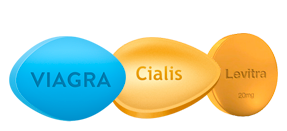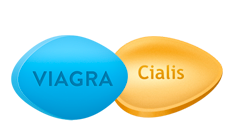Frequently Asked Questions about How Self-Employment Affects Social Security Disability Benefits – 2015
by Lucy Miller (VCU NTC) with special thanks to Jim Huston, CPA, President of Venture Mentors, LLC.
NOTE: This document addresses some of the most common questions asked by SSA disability beneficiaries who are considering self-employment or small business ownership. This document is written in plain language and is intended to be shared with beneficiaries, family members, and disability services professionals.
QUESTION: How will Social Security look at the money I make in my business? Do they count all the money that comes in?
For people who are self-employed, SSA is only interested in their “net earnings from self-employment” or NESE instead of gross income. This is completely different from the way SSA treats earned income from wage employment in which gross income is counted! There is a lot of confusion about the terms “gross” and “net” and what they mean for someone who is self-employed and receiving SSA disability benefits. Here is a brief explanation:
• Gross income is the total amount of money that a business takes in from sales of products and/or services. This is also called “gross sales” or sometimes “gross receipts”.
• Net income is the amount of profit that the business makes. Profit is derived by taking the gross sales and subtracting any legitimate expenses that the business incurred. It is this figure that a business owner reports to the IRS in order for business taxes to be assessed.
SSA goes one step further than the IRS does. When SSA is looking at net earnings from self-employment or NESE, they take the profit you reported to the IRS and multiply it by a factor of .9235 which is equal to the employer portion of the FICA contribution for a person in wage employment. SSA does this so as not to penalize you for that portion of the self-employment taxes that an employer would pay for a person in wage employment. Self-employment tax (SE tax) is a Social Security and Medicare tax primarily for individuals who work for themselves. It is similar to the Social Security and Medicare taxes withheld from the pay of most wage earners.
You figure SE tax yourself using Schedule SE (Form 1040). Social Security and Medicare taxes of most wage earners are figured by their employers. Also you can deduct half of your SE tax in figuring your adjusted gross income. The self-employment tax rate is 15.3%. The rate consists of two parts: 12.4% for Social Security (old-age, survivors, and disability insurance) and 2.9% for Medicare (hospital insurance). You can learn more about the self-employment tax, how it is figured and how it is paid by contacting any qualified small business accountant in your area.
Not only is SSA interested in your net earnings from self-employment, but they also look to see what portion of this NESE actually is “countable” for their purposes. There are numerous special work incentives in the SSA disability programs which provide ways to reduce the income SSA counts when they are determining the amount of your SSI check, or determining whether you are engaging in SGA for the Social Security disability programs. These work incentives will be explained in more detail further on in this document.


